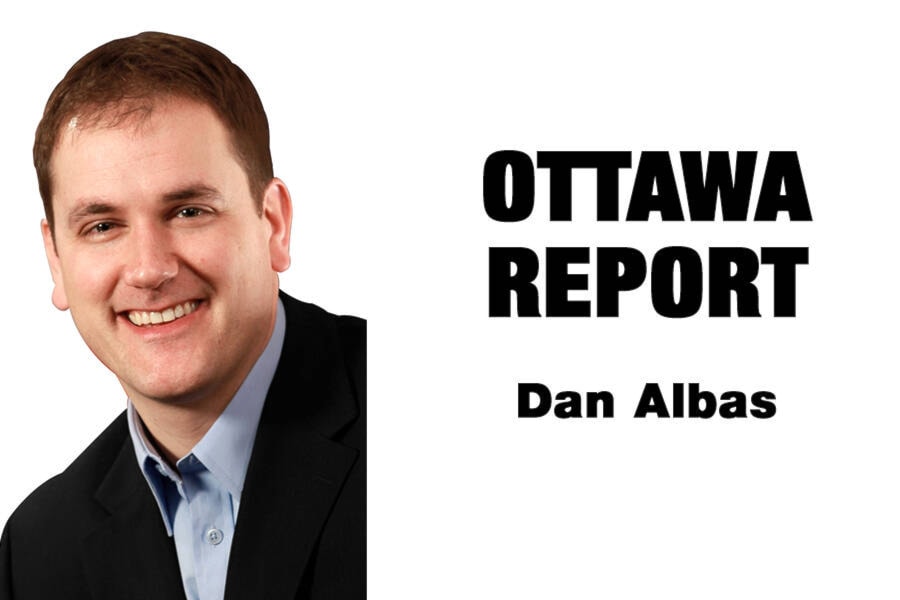This week will be the last week the House of Commons sits before the winter break.
It is frustrating as the House of Commons only began sitting less than a month ago, on Nov. 22. The house will resume on Monday, Jan. 31.
Much of the work that has been done over the past few weeks involved electing a new speaker and establishing parliamentary committees, while only a limited number of government bills have come before the house.
However, one important event that did occur this week was a fiscal update from the government.
What is a fiscal update?
In the absence of a properly tabled budget, a fiscal update provides an opportunity for the government to reveal our fiscal status, as well as announce and introduce budgetary measures that were not in the previous budget.
READ ALSO:
READ ALSO:
By the numbers in the 2021 to 2022 fiscal update, this year’s deficit is forecast to hit $144.5 billion. While that is an incredibly large number, it is actually down from the $154.7 billion forecast that was in the previous budget.
On the surface there is other positive news.
The fiscal update shows the deficit declining for the next five years being reduced to $13.1 billion in 2026 to 2027. However, I mention “on the surface” because this fiscal update contained very few of the many Liberal election promises that are expected to be released in the upcoming budget in the spring of 2022.
There was also new spending measures announced in this fiscal update.
In total there is COVID-related spending of roughly $13 billion. This includes $3.3 billion that was just announced in this update to expand rapid tests and enact other measures such as border testing and tracking.
For British Columbia, there has been $5 billion set aside in this budget update to assist with clean up and rebuilding form the flooding.
There has also been $4.5 billion allocated towards costs related toward the Omicron variant and a total of $4 billion to provide support to Indigenous communities.
From my perspective there are a few areas for concern.
Much of this forecast will be significantly changed once the Liberal budget is introduced where there will be newly announced spending measures. There may also be newly announced taxation measures.
The challenge with any new taxation measures is that, with rising inflation (currently at 4.7 per cent here in Canada,) your net after tax income has less buying power. If taxes are increased that further lowers your net income that combined with taxation means many households have less money to buy basic necessities. For those on a fixed income, inflation is very challenging.
Another challenge this fiscal update illustrates is the cost of debt servicing. The interest that we pay on our public debt for 2020 to 2021 is $20.4 billion. By 2026 to 2027 these interest costs are forecast to rise to $40.9 billion.
For context, the Canada Health Transfer today is $45.9 billion and is forecast to rise to $55.2 billion in 2026 to 2027. In other words, over the next five years the cost to service our debt is doubling and increasing at a rate faster than our health transfers are increasing.
My question this week: Are you concerned about the rising costs of inflation?
Dan Albas is the Member of Parliament for the riding of Central Okanagan Similkameen Nicola and the Shadow Minister for the Environment and Climate Change.
To report a typo, email:
news@summerlandreview.com.
news@summerlandreview.com
Like us on and follow us on .



